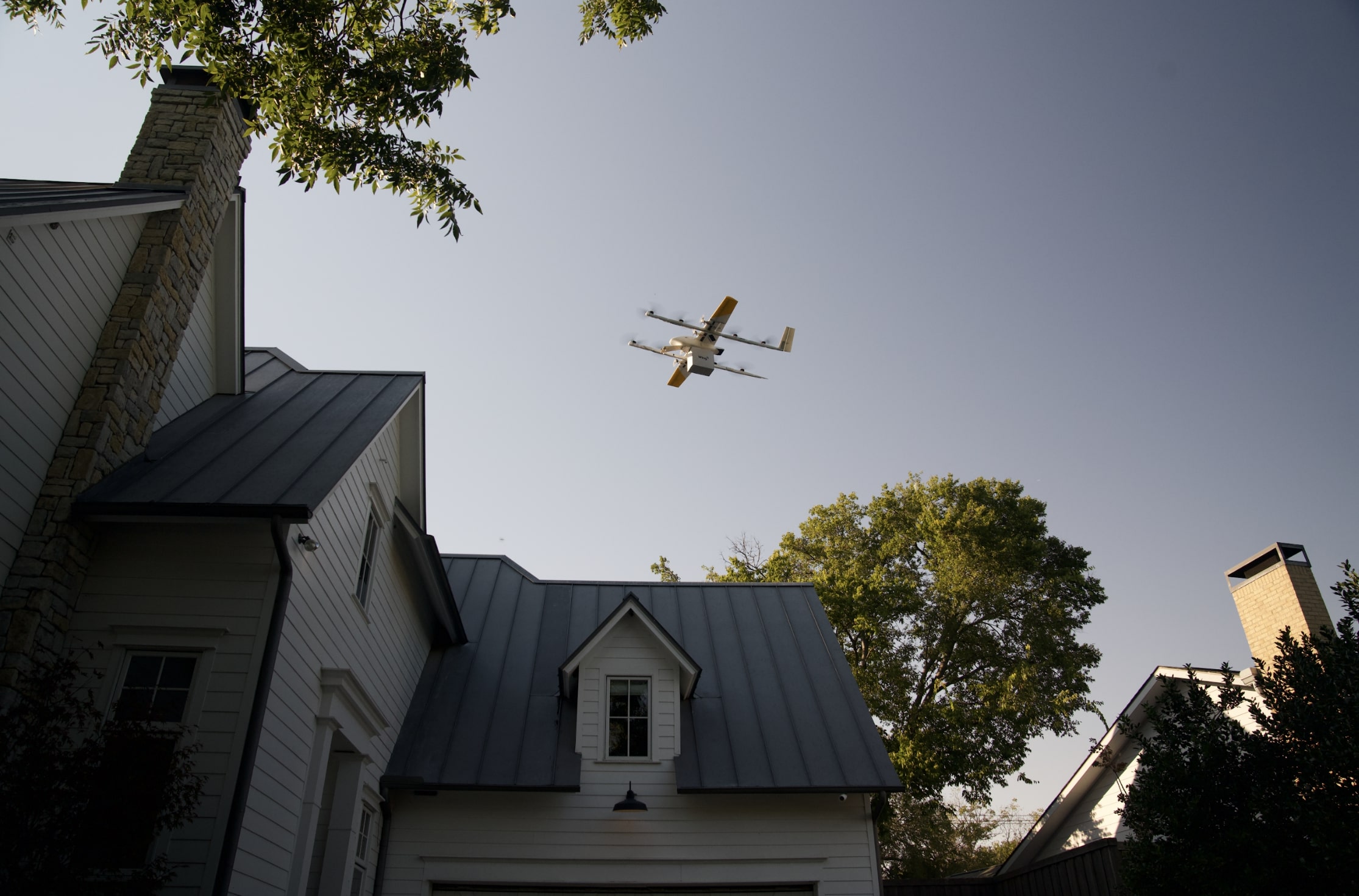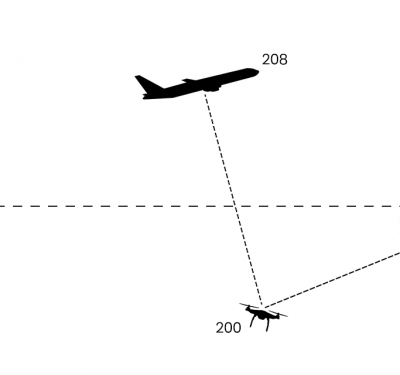Flytrex and Wing have each implemented the Unmanned Traffic Management (UTM) Strategic Coordination standard in the United States with a first-of-its-kind application into daily flight operations near Dallas, Texas. The work is part of a broader industry-FAA collaboration establishing the foundations for a national UTM ecosystem.

The two drone delivery companies are first among several drone operators to further integrate into the airspace by automating the separation of commercial drone flights in low-altitude shared airspace.
This groundbreaking implementation marks the first time that multiple beyond visual line of sight drone operators are leveraging UTM services for commercial, sustained operations. By sharing their flight plans and strategically coordinating drone paths, Flytrex and Wing are pioneering a scalable approach to drone delivery—one that is more collaborative and adaptable as the skies become increasingly dynamic.
“Unmanned Traffic Management is the backbone of a scalable drone delivery ecosystem,” said Yariv Bash, CEO and co-founder of Flytrex. “It allows multiple operators to fly safely and efficiently, even in densely populated areas, by mitigating drone to drone collision risks. We’re proud to work alongside Wing to pioneer a new standard for airspace coordination built for scale.”
A First in the Nation: Coordinated Commercial Drone Delivery in Shared Airspace
The rapid growth of drone technology and commercial drone delivery operations, especially in suburban areas, has highlighted the need for real-time coordination between service providers.
While the foundations for UTM have been under development for years, this marks the first time in the United States that two commercial drone delivery services have implemented this technological solution in daily operations over a shared airspace. Rather than operating in siloed zones, Flytrex and Wing operate in close proximity to serve overlapping communities, while managing their flight paths to prevent conflicts. They exchange flight intent data and automatically adjust their flight paths to meet deconfliction requirements, without the need for manual coordination between the two companies. Both companies participate in the Federal Aviation Administration’s UTM Operational Evaluation, facilitating this exchange.
“This is yet another milestone for the UTM Operational Evaluation, leveraging core principles of U.S. aviation and innovation,” said Margaret Nagle, Vice President and Global Head of Policy, Regulatory and Community Affairs at Wing. “By leveraging the benefits of global standards, we will increasingly see multiple drone services sharing the same, overlapping airspace and operating at scale. For Wing, this is how we deliver more goods to more people – right when they need it.”
Looking Ahead
This implementation of interoperable UTM services based on a global, industry-consensus standard sets the stage for a new era in aerial logistics. This collaboration allows multiple drone fleets to operate together in dense environments while maintaining service reliability and public trust.
This breakthrough effort represents a major step toward integrating drone delivery into the everyday fabric of American life. As the airspace becomes more populated with autonomous aircraft, real-time and digital coordination between service providers will help maintain safety and efficiency.






